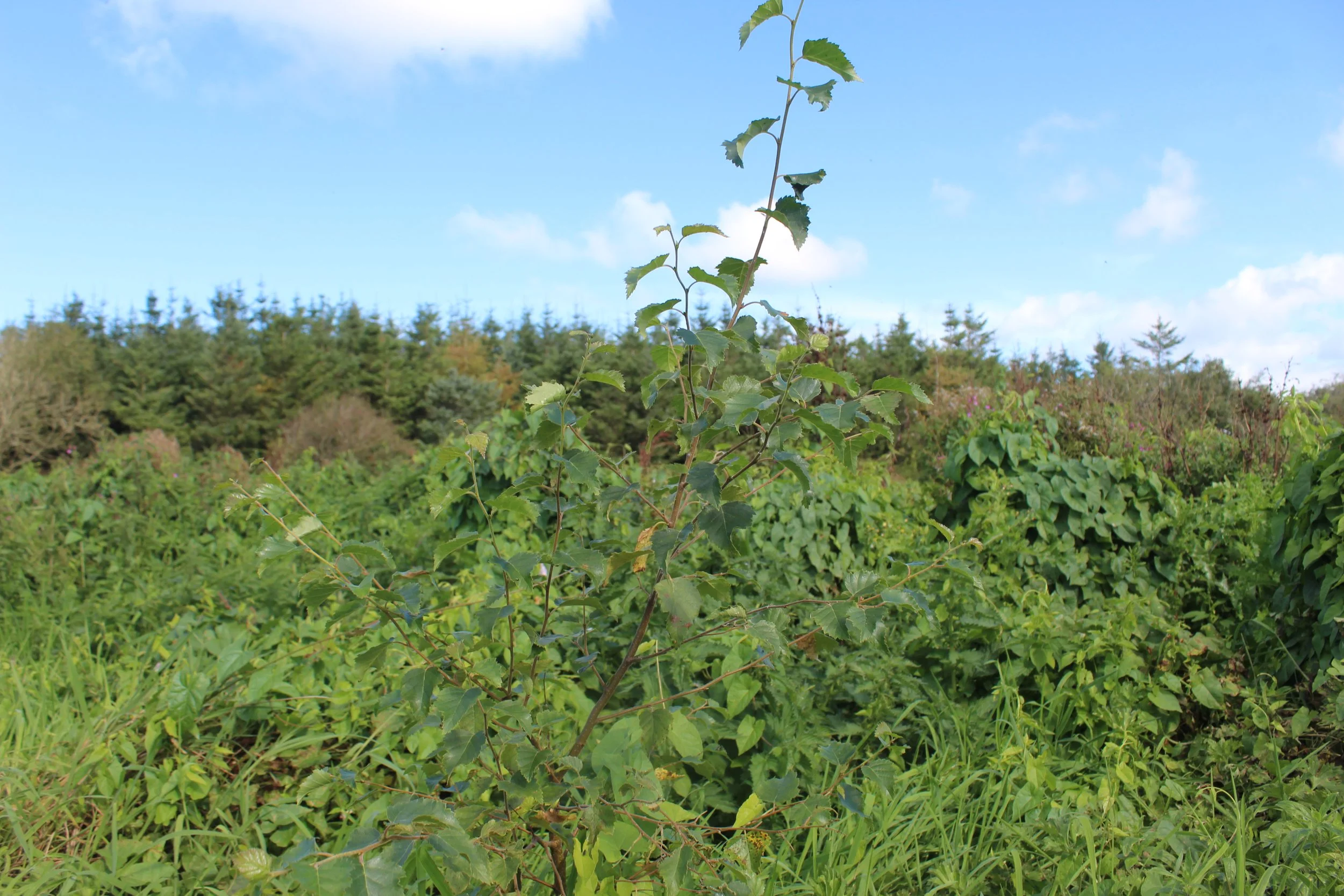Europe’s Rainforests
Atlantic Temperate Rainforests in Europe: A Hidden Treasure
The Atlantic Temperate Rainforests in Europe, also known as the Celtic Rainforests, are a hidden treasure of biodiversity and natural beauty. These rainforests are primarily found in the British Isles, including Ireland, Scotland, Wales, and parts of England. Unlike their tropical counterparts, the Atlantic Temperate Rainforests have cool, moist climates and are home to a unique range of flora and fauna. In this article, we will explore the characteristics, history, and conservation efforts surrounding these fascinating ecosystems.
Location and Distribution
British Isles
The majority of the Atlantic Temperate Rainforests can be found in the British Isles, particularly in Ireland and the western coast of Great Britain. These woodlands are often referred to as Celtic Rainforests, and are found in remote and inaccessible areas, such as steep-sided slopes above rivers and lakes. Notable examples in Scotland include the islands and shores of Loch Maree, Loch Sunart, Loch Lomond, and the Taynish Peninsula in Argyll. In Wales, the rainforests are found in Snowdonia and Mid Wales, while in England, they can be seen in the Lake District and the South West, particularly in the Fowey Valley in Cornwall and the River Dart in Devon.
Other Regions in Europe
Although the British Isles are the main hub for these temperate rainforests, there are also scattered examples in other parts of Europe, such as the Iberian Peninsula, the Azores, and the Canary Islands. However, these areas are home to smaller and less diverse woodlands compared to their British counterparts.
Physical Conditions and Climate
Atlantic Temperate Rainforests thrive in regions with small annual temperature fluctuations, high humidity, and high levels of annual precipitation, often exceeding 2 meters per year. These conditions create an environment that supports a wide range of mosses, liverworts, lichens, and other moisture-loving species. The Scottish Natural History Scientific Advisory Committee refers to these areas as "a lichenologists' Mecca" due to the abundance of unique and rare lichen species.
Evolutionary History
The origins of the Atlantic Temperate Rainforests can be traced back to the last Ice Age, when glaciers retreated and allowed for the colonization of plants and animals. Over time, these species adapted to the cool and wet conditions of the region, resulting in the unique ecosystems we see today. As the climate warmed and human populations expanded, much of the original rainforest was destroyed, leaving only small, fragmented pockets in remote areas.
Ecology and Biodiversity
Flora
Trees
The dominant tree species found in the Atlantic Temperate Rainforests include sessile oak (Quercus petraea), downy birch (Betula pubescens), and European ash (Fraxinus excelsior). Other tree species present in these ecosystems include pedunculate oaks, hazel, elm, cherry, and various willows. These trees provide the structure and habitat for a diverse array of epiphytic plants, which grow on or hang from the trees without being parasitic.
Cloudforest Five - planted with a native Irish species mix including sessile oak, downey birch, mountain ash and holly
Understory Flora
The understory of the Atlantic Temperate Rainforests is home to a variety of ferns, mosses, liverworts, and lichens, as well as flowering plants such as bluebells, wood anemone, and wood sorrel. The unique combination of shade, moisture, and a mild climate allows these species to thrive in these ecosystems.
Fauna
The fauna of the Atlantic Temperate Rainforests is as diverse as its flora. These forests provide important habitat for a variety of mammals, such as red deer, pine martens, and red squirrels. Birds found in the area include the European robin, wood warbler, and Eurasian wren, while the rivers and streams are home to salmon, trout, and otters.
Historic Human Use and Impact
Historically, the Atlantic Temperate Rainforests were used by humans for a variety of purposes, including coppicing for wood, charcoal production, tanning, and bobbin-making. These practices led to the decline and fragmentation of the rainforests, with many areas being cleared for agriculture and grazing. Additionally, the introduction of non-native species, such as Rhododendron ponticum, has had a negative impact on the native flora and fauna.
Conservation and Preservation
Recognizing the importance and vulnerability of the remaining Atlantic Temperate Rainforest fragments, conservation efforts have been implemented since the 20th century. These efforts include the protection and management of the woodlands, addressing issues such as invasive species, excessive grazing, and non-native plantation trees. Many of these rainforests are now designated as protected areas for conservation and research purposes.
Challenges and Threats
Despite ongoing conservation efforts, the Atlantic Temperate Rainforests still face a number of challenges and threats. Climate change poses a significant risk, as rising temperatures and changing precipitation patterns may alter the delicate balance of these ecosystems. Additionally, human activities, such as deforestation, land use change, and pollution, continue to threaten the remaining fragments of these unique habitats.
The Importance of Atlantic Temperate Rainforests
The Atlantic Temperate Rainforests are important not only for their biodiversity but also for their role in supporting ecosystem services, such as carbon sequestration, water regulation, and soil stabilization. These forests also have cultural and historical significance, providing a unique window into the past and a source of inspiration for art, literature, and folklore.
Future Prospects and Opportunities
With increased awareness and understanding of the importance of the Atlantic Temperate Rainforests, there is hope for the future of these unique ecosystems. Ongoing conservation efforts, combined with sustainable land management practices and climate change mitigation, can help to protect and preserve these woodlands for future generations.
Finally
The Atlantic Temperate Rainforests of Europe represent a hidden treasure of biodiversity, beauty, and ecological importance. By understanding and appreciating these unique ecosystems, we can work together to ensure their survival and continued contribution to the health and wellbeing of our planet.



